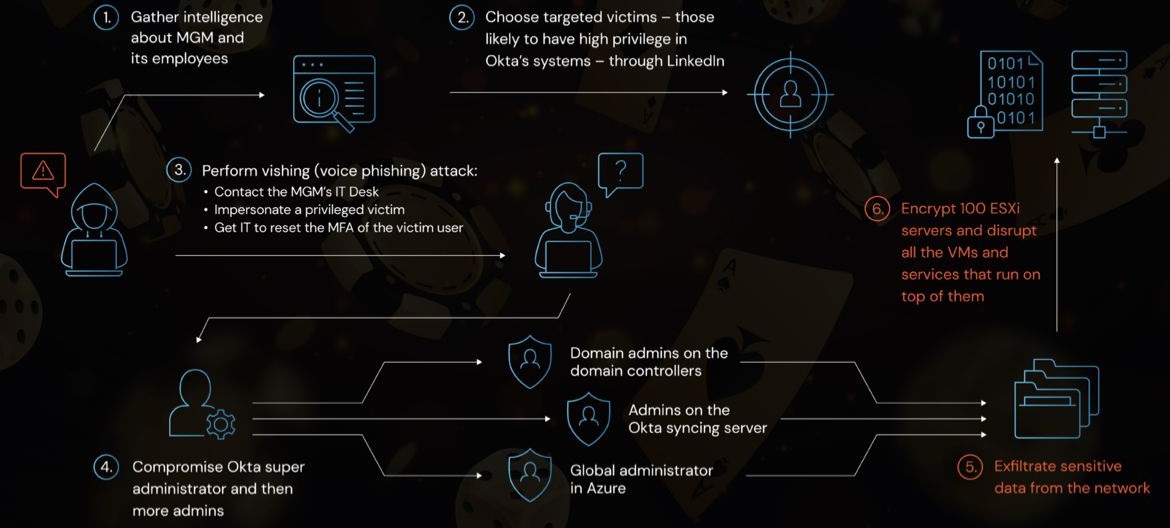
In an increasingly digital world, data breaches have become a pressing concern for organizations across sectors. Even esteemed educational institutions are not immune to these threats.
In this article, we delve into the University of Rochester data breach, shedding light on the incident's causes, consequences, and the subsequent actions taken to mitigate the damage. This comprehensive analysis aims to educate readers about the significance of data privacy in universities and explore potential measures to bolster cybersecurity defenses.
The University of Rochester Data Breach: An Overview
The University of Rochester, renowned for its academic excellence, was faced with a significant data breach that compromised sensitive student information. The breach, discovered in [insert date], revealed unauthorized access to a database containing personal data, including student names, addresses, Social Security numbers, and academic records. The incident sent shockwaves throughout the university community and prompted swift action to address the security vulnerabilities.
Causes and Impact of the Data Breach
a. Cybersecurity Weaknesses:
The data breach at the University of Rochester was a result of multiple factors. Investigations identified security weaknesses, such as outdated software, unpatched systems, and insufficient network monitoring. These vulnerabilities allowed hackers to exploit the university's infrastructure and gain unauthorized access to the database, exposing sensitive student information to potential misuse.
b. Consequences for Students and the University:
The ramifications of the data breach were far-reaching. For affected students, the incident raised concerns about identity theft, financial fraud, and reputational damage. The compromised data, which could be used for various malicious activities, left students vulnerable to potential harm. Additionally, the breach tarnished the university's reputation, eroding trust among students, parents, and other stakeholders.
Responding to the Data Breach
a. Notification and Support:
Upon discovering the breach, the University of Rochester promptly informed affected students, faculty, and staff about the incident. Clear and transparent communication channels were established to address concerns and provide guidance on safeguarding personal information. The university offered support services, including credit monitoring and identity theft protection, to mitigate the potential fallout for affected individuals.
b. Investigation and Legal Measures:
The university launched a thorough investigation to identify the extent of the breach, assess the damage, and track down the perpetrators. Law enforcement agencies were engaged to aid in the investigation, and legal measures were pursued to hold those responsible accountable for their actions.
c. Strengthening Cybersecurity Measures:
To prevent future breaches, the University of Rochester implemented comprehensive cybersecurity enhancements. These measures included updating and patching software regularly, strengthening network infrastructure, enhancing employee training programs on data security best practices, and conducting regular security audits to identify vulnerabilities and address them promptly.
Safeguarding Student Information in the Digital Age
a. Cybersecurity Best Practices:
The University of Rochester data breach underscores the urgent need for educational institutions to prioritize data privacy and adopt robust cybersecurity practices. Such measures may include employing encryption techniques, implementing multi-factor authentication, and conducting regular security assessments. Training programs should also be instituted to educate staff and students about data protection protocols and the potential risks associated with online activities.
b. Collaboration and Information Sharing:
To stay ahead of evolving threats, universities should foster collaboration with other institutions, industry experts, and government agencies. Sharing information and best practices can help establish a collective defense against cyberattacks, ensuring that potential vulnerabilities are addressed comprehensively.
c. Continuous Monitoring and Incident Response:
Maintaining a proactive approach to cybersecurity involves constant monitoring of networks, systems, and data. Implementing real-time threat detection and response mechanisms allows universities to identify and address potential breaches swiftly, minimizing the impact on student data and institutional reputation.
Conclusion
The University of Rochester data breach serves as a stark reminder of the critical importance of data privacy and cybersecurity in higher education. By understanding the causes, consequences, and responses to such incidents, educational institutions can take proactive steps to protect student information.
Through robust cybersecurity measures, comprehensive training programs, and collaborative efforts, universities can create a safer digital environment that preserves the trust and confidence of students and stakeholders alike. It is crucial for institutions to prioritize cybersecurity to prevent data breaches and uphold their commitment to safeguarding the privacy and security of their constituents' information.

